
Mixed wheel vs. 29er. More anti-squat vs. less. The results of this matchup between the Santa Cruz Bronson and the Transition Sentinel promises to be revealing, but before we get to that, here’s how these two bikes made it to the semifinals.
Mixed wheels win the day
The Santa Cruz Bronson faced off against the freshly updated Trek Fuel EX, and in the end, the Bronson won handily. Commenters mentioned a preference for dedicated mixed wheel geometry over the flexibility of the shape-shifting Trek Fuel platform. The Bronson also offers more suspension travel than the Fuel EX — 10mm more up front, and 5mm in the back — which may have influenced readers as well.
A high pivot isn’t enough to swing voters
In the competition between the Norco Sight and the Transition Sentinel, the high-pivot design on the Sight wasn’t enough to sway readers. On paper the Sight is the more aggressive choice, though it would seem more riders prefer a lighter, simpler setup for trail riding.
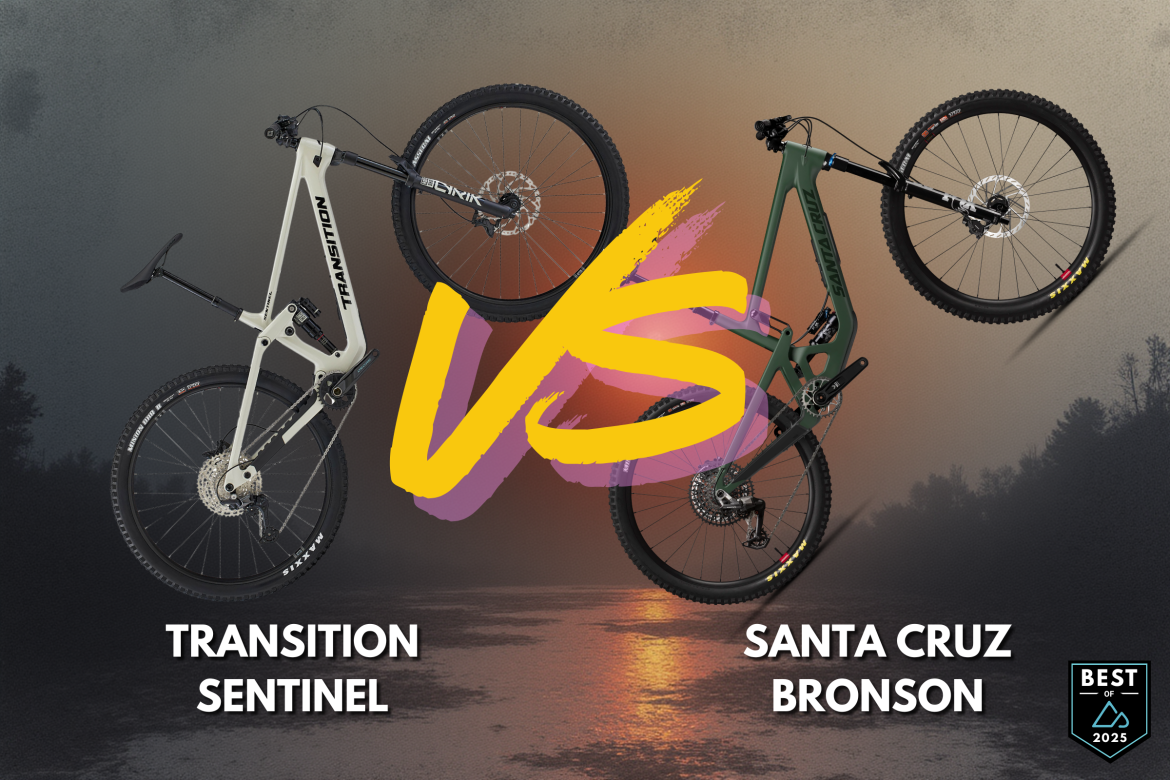
Bronson vs. Sentinel
As the Trail Bike of the Year Tournament goes on, we’re seeing bike specs converge, which suggests maybe there is a Goldilocks zone for geometry and suspension travel. Both the Bronson and Sentinel have 160/150mm of suspension travel front/rear, with head tube and seat tube angles within a degree of each other, not to mention reaches that are separated by just 2mm.
Still, the Sentinel and Bronson offer riders a choice between wheel sizes, suspension design philosophies, and other important details that make these two trail bikes unique.
| Transition Sentinel Carbon Eagle 90 | Santa Cruz Bronson 5 MY26 Eagle 90 | |
|---|---|---|
| Suspension travel front/rear | 160/150mm | 160/150mm |
| Drivetrain | SRAM Eagle 90 T-type | SRAM Eagle 90 T-type |
| Suspension | RockShox Lyrik Ultimate fork, RockShox Super Deluxe Ultimate | Fox 36 Float Performance, Grip fork, Fox Float X Performance shock |
| Geometry (size large* frame) | HTA: 64° STA: 78.3° Reach: 480mm Chainstay: 448mm | HTA*: 63.2° STA*: 77.3° Reach: 478mm Chainstay: 442mm |
| Weight | ?? | 34.14lb |
| Price | $6,699 | $6,099 |
Suspension: Two different anti-squat philosophies
The Santa Cruz Bronson and Transition Sentinel both utilize a four-bar suspension design. Santa Cruz calls their system VPP, and it’s a design they’ve worked with and refined since 2001. VPP prioritizes stiffness and durability for consistent performance from one season to the next. The latest, fifth-generation Santa Cruz Bronson sees reduced anti-squat compared to the prior version with about 20% progression in the leverage rate. With less anti-squat, Santa Cruz notes the new Bronson delivers more active suspension while climbing and less pedal feedback on the descents.
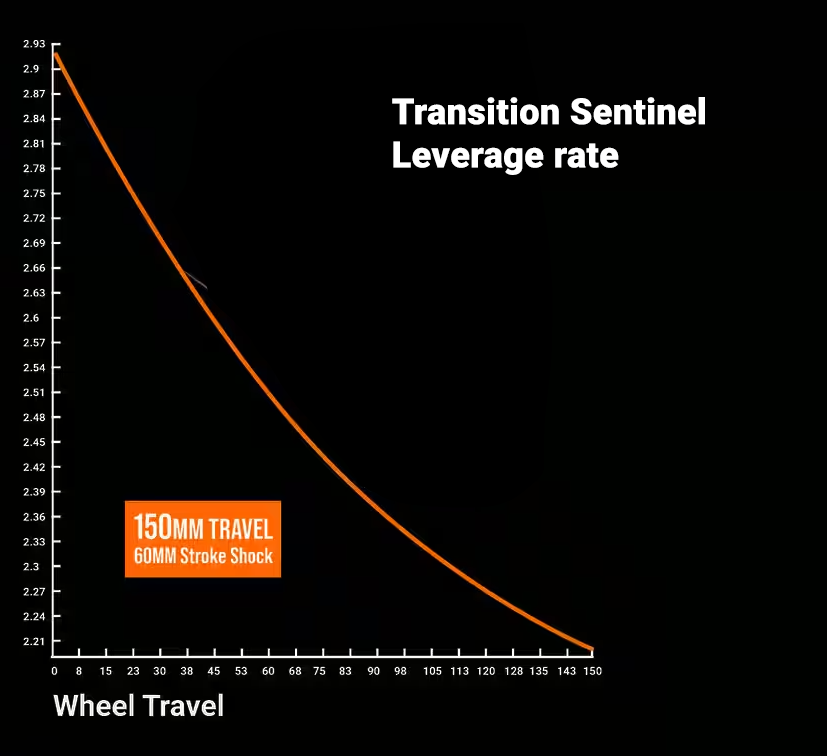
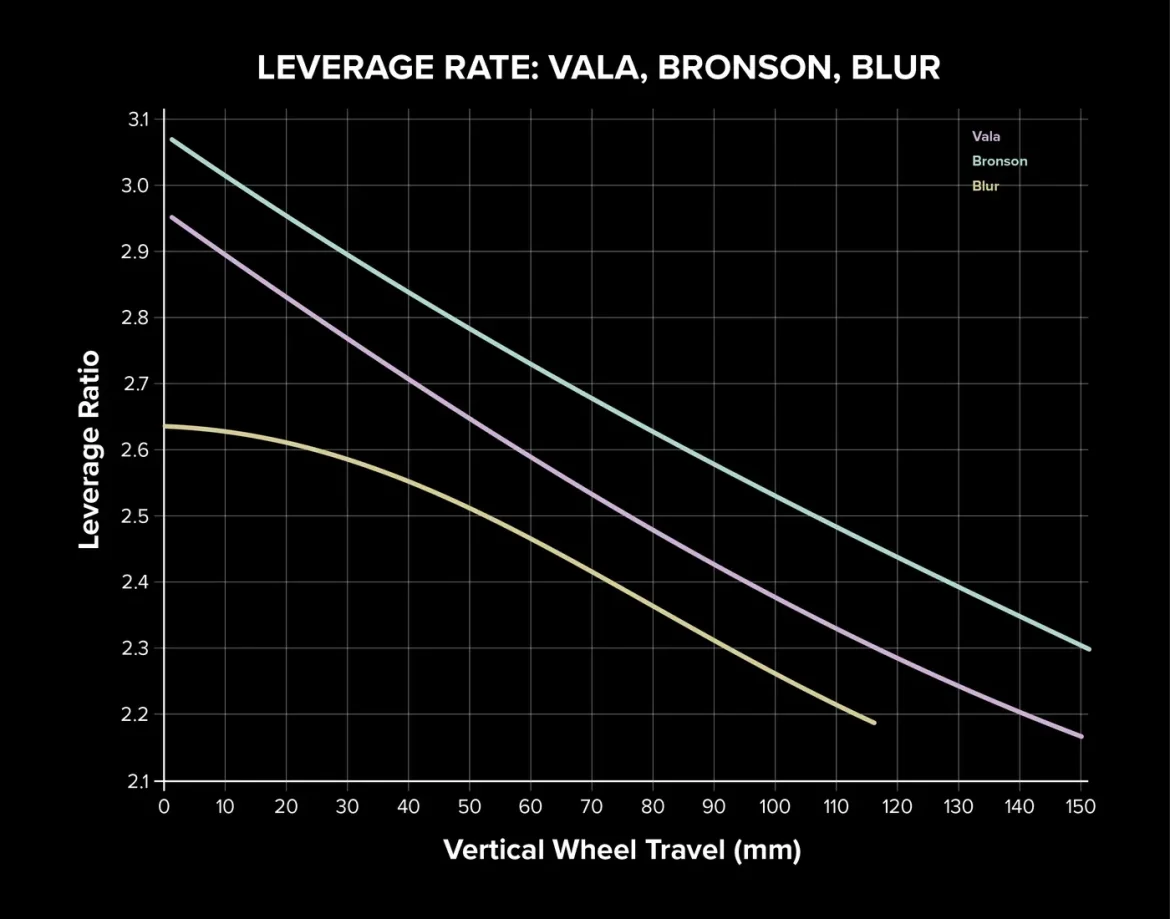
Transition’s GiddyUp Horst link suspension design, on the other hand, has been around for about a decade now and the brand touts its ease of setup and wide tuning range. The Sentinel delivers a more progressive leverage curve, ranging about 25% with a 60mm stroke shock. Though Transition doesn’t provide an anti-squat chart for the Sentinel, the anti-squat is likely higher than the Bronson due to its Horst link design and stated focus on enhanced pedal efficiency.
Sentinel buyers can choose to bump the travel up from 150mm to 160mm with a 65mm stroke shock, an option that Santa Cruz does not recommend for the Bronson. Both bikes are coil-compatible.
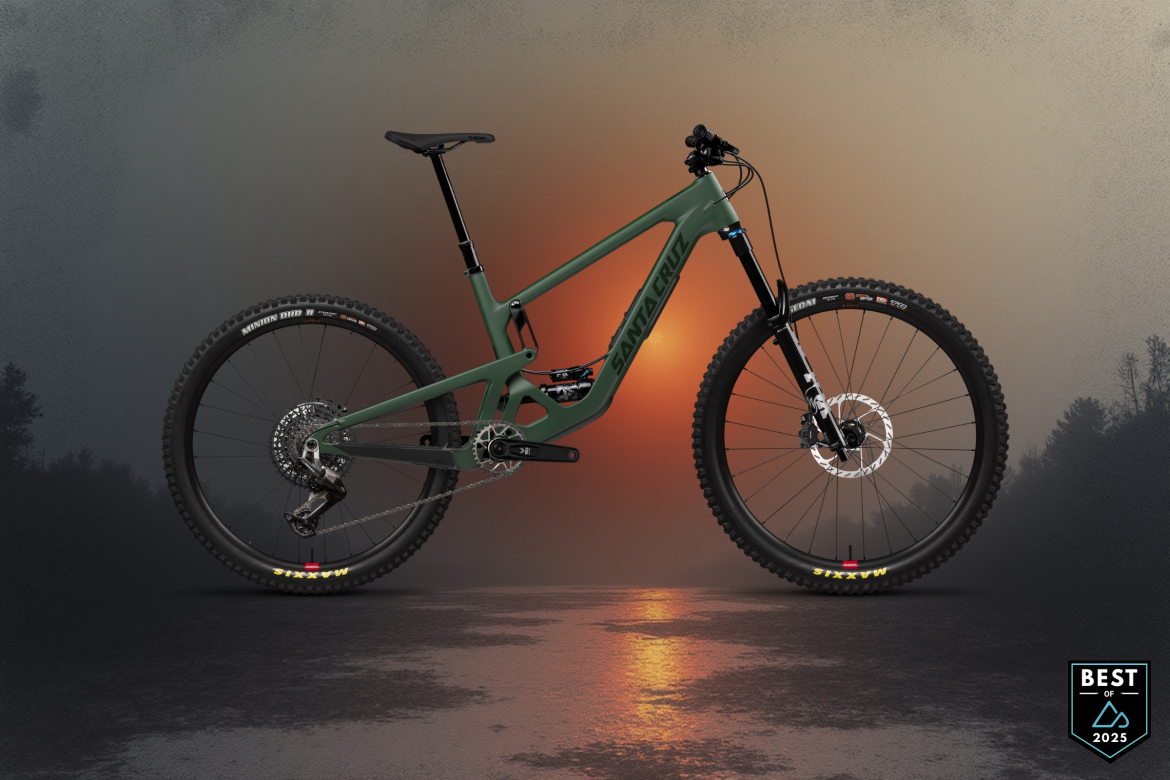
Frame features and build kit
Unlike the carbon-only Bronson, the Transition Sentinel is offered in both aluminum and carbon versions. Prices for Sentinel builds with an aluminum frame start at $3,499, which is $550 less than the cost of a Bronson carbon frame alone. However, both brands’ entry-level carbon builds are priced the same at $4,999.
Both the Sentinel and Bronson feature in-frame storage on their carbon frames plus clearance for tires up to 2.5″ wide, and both have a flip chip for adjusting ride feel. The Sentinel’s flip chip also serves to correct the bike’s geometry when switching from stock, matched 29er wheels to mixed wheels. The Bronson is designed for mixed wheels only. For buyers who want a 29er, there’s the Santa Cruz Hightower.
Santa Cruz includes free lifetime bearing replacements for the Bronson, and both brands offer buyers lifetime warranties against manufacturing defects and crash replacement programs.
Looking at the Eagle 90 builds on comparison here, the Sentinel features top-shelf RockShox suspension components compared to mid-level Fox suspension on the Bronson. Both bikes include SRAM Maven brakes, though the Bronze-level brakes on the Sentinel are a step above the Maven Base brakes on the Bronson. Coincidentally, the bikes feature the same tires, Maxxis Assegai and Minion DHR II tires, right down to the 3C EXO+ spec. Or maybe it’s not a coincidence; most riders will agree this is a pretty killer tire combo after all.
Upgraded brakes and suspension on the Sentinel push the price of this build $600 higher than the Bronson, even though both utilize carbon frames and offer the same drivetrain.
Looking across build offerings, Santa Cruz notably doesn’t offer any Shimano drivetrain builds at the moment, which could be a turnoff for buyers with a strong preference for Shimano.
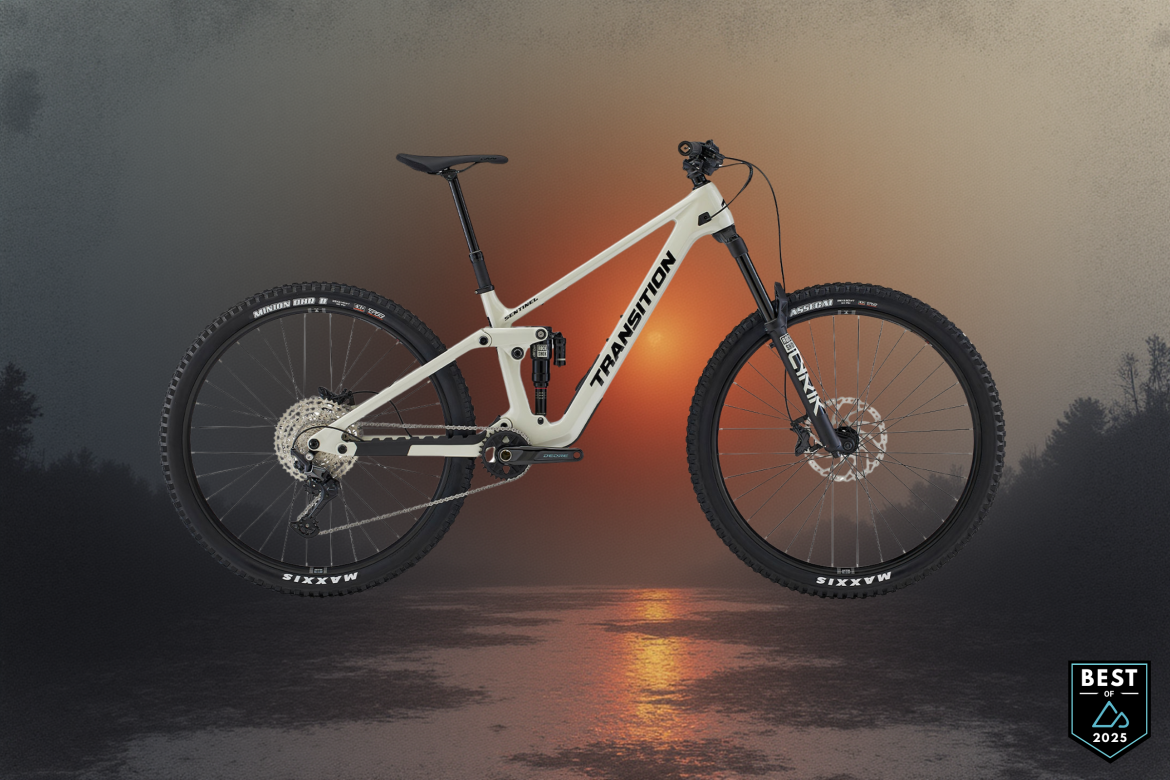
Geometry
As I mentioned at the beginning, and as you can see from the table above, the Sentinel and Bronson geometry is damn close. However, both reaches are significantly shorter than some of the other trail bikes in this year’s tournament. Whichever bike wins here could go up against the Ibis Ripley, which boasts a massive 511mm reach that’s more than 30mm longer than either of these bikes.
The only area where the Bronson and Sentinel geometry differ notably is in their size offerings. The Sentinel comes in six sizes compared to the Bronson’s five, allowing Transition to fit a wider range of rider heights than the Bronson. That also means a wider range of reaches — 415mm to 530mm, compared to 432-525mm for the Bronson — which gives riders more options. To me it’s surprising that the smaller brand, Transition, offers more frame sizes and the choice between aluminum and carbon than Santa Cruz, a brand with a much larger scale.
Which trail bike is your choice?
The Santa Cruz Bronson and Transition Sentinel represent two distinct philosophies in modern trail bike design. The Bronson offers Santa Cruz’s refined VPP suspension with reduced anti-squat for more active suspension, mixed-wheel-only setup, and lifetime bearing replacements.
Meanwhile, the Sentinel counters with more frame size options, a choice between aluminum and carbon frames and the flexibility to run either 29er or mixed wheels. Whether you prioritize Santa Cruz’s dedicated mixed-wheel design and suspension philosophy or Transition’s versatility and more progressive leverage rate will determine which of these closely-matched trail bikes earns your vote to advance to the finals.
The final Trail Bike of the Year matchup will be revealed on December 2, 2025.






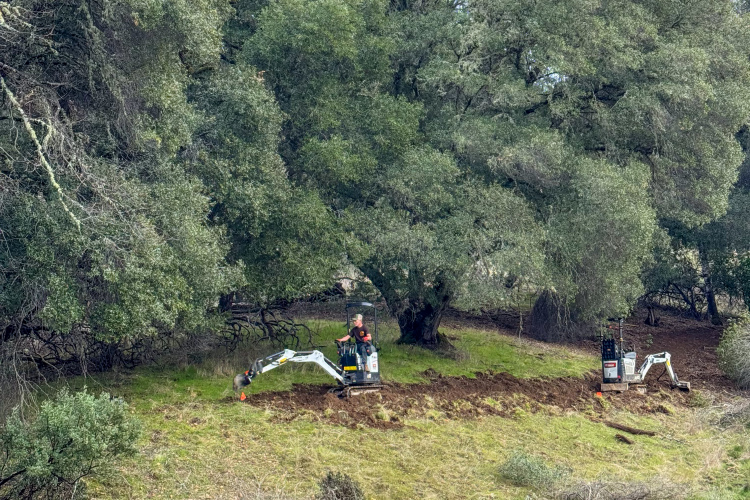
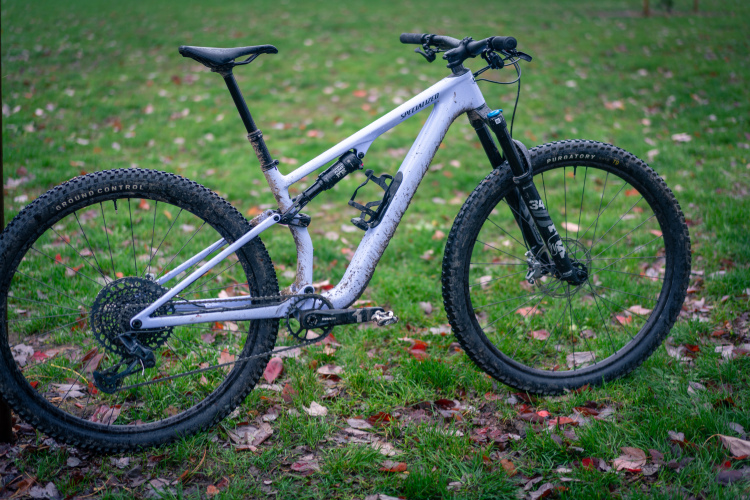
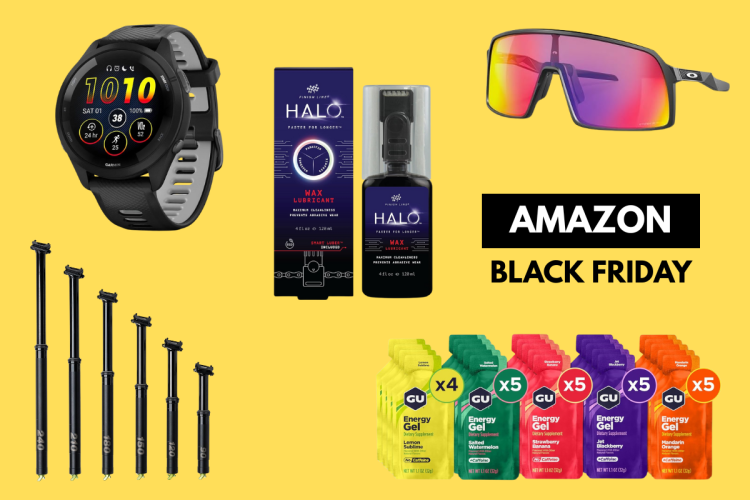

0 Comments